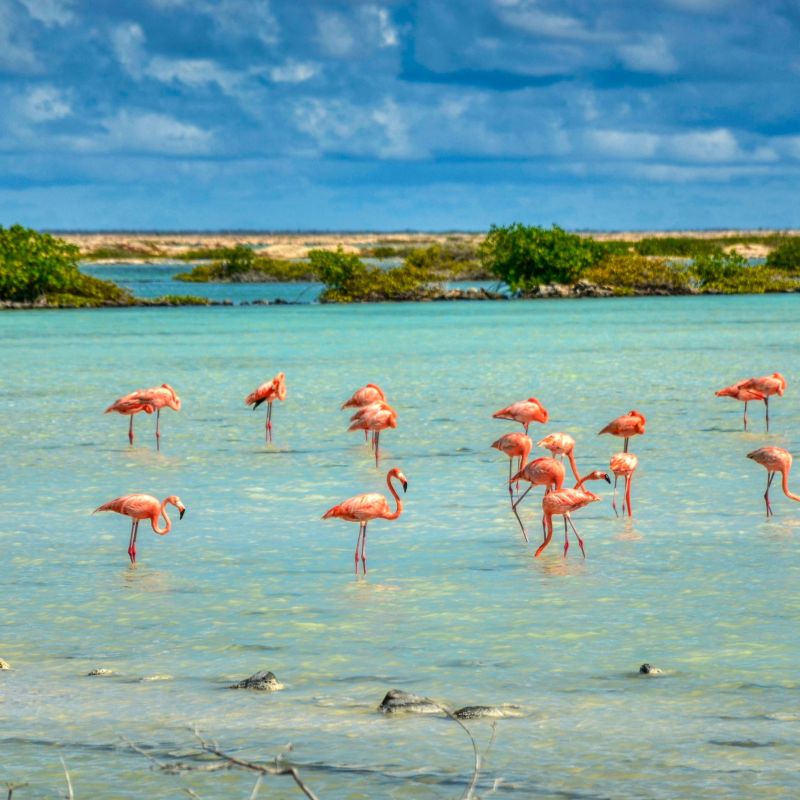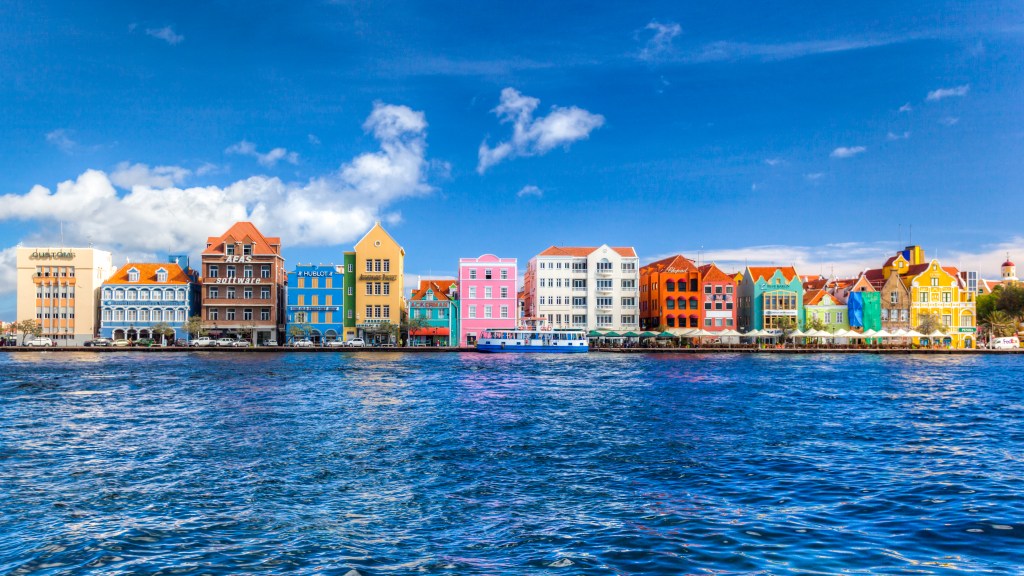
If you’ve visited the Caribbean before or have dreams of doing so, you’ve probably heard of Curaçao and Aruba.
Videos by TravelAwaits
These two islands are some of the most popular, unspoiled, and multi-range options for Americans heading to the Caribbean. With established tourist infrastructure and a great reputation for pristine beaches and water-based activities, Curaçao and Aruba attract tens of millions of tourists each year.
But did you know that Aruba and Curaçao are part of a chain of three islands known as the ABC islands? And that they have a ‘middle sibling’ called Bonaire, which is where the term ABC comes from. (That’s A for Aruba, B for Bonaire, and C for Curacao.)
The ABC islands are also Dutch overseas territories, similar to the US’s legal relationship with Puerto Rico and the US Virgin Islands. And that’s just the tip of the iceberg when it comes to answering the question—what are the ABC islands? And are travelers missing out on Bonaire?
Here’s your crash course on the ABC islands of Aruba, Curaçao, and Bonaire, aka the Dutch Caribbean.
What are the ABC islands? A closer look

The ABC islands of Aruba, Bonaire, and Curaçao sit right off the coast of Venezuela and are some of the westernmost Caribbean islands.
Originally home to the Arawak indigenous tribes, the earliest colonial presence on the islands was recorded in 1599. One of Amerigo Vespucci’s sailors allegedly landed on the island of Curaçao during this time. (Fun fact: Amerigo Vespucci is where the name America comes from.)
The islands traded hands during the colonial era of discovery in the Caribbean, Latin America, and South America. A treaty with the British saw the islands change back to a Dutch territory in 1815. Since then, the islands have been part of the Kingdom of the Netherlands.
The Kingdom of the Netherlands grouped its colonial Caribbean territories into a single body called the Netherlands Antilles, which included islands like Saba, Sint Maarten, and the ABC islands. This was dissolved in 2010, meaning each island took on a different legal status.
Today, Curaçao and Aruba are autonomous and self-governing, while Bonaire is a ‘special municipality’ of the Netherlands. Legally, that makes it a ‘public body’ that’s administered by the main government in the Netherlands. By contrast, Curaçao and Aruba have their own governing bodies. However, all citizens born in the ABC islands are Dutch citizens.
Okay, now onto the fun, tropical adventure stuff.
Which ABC islands should you visit?

Curaçao is the largest and most populous island of the bunch, meaning it’s a bit more accessible than Aruba and Bonaire. Bonaire, by contrast, is the smallest and least populated island.
Uniquely, both Aruba and Bonaire have drier climates than the rest of the Caribbean, meaning you won’t see the same level of lush greenery.
For those two reasons, I recommend visiting Curaçao first. The island’s capital city of Wilemsted is a UNESCO World Heritage Site, home to lovely colonial structures and brightly painted houses. In short, along with the island’s 35 pristine beaches and endless adventures in the sun, you also get a solid dose of culture.
Ready to plan the perfect trip? Start looking for a Curaçao hotel.
That being said, I think Aruba is a close second. Aruba hosts famous carnivals, such as Bon Bini Festival and the Aruba Carnival, meaning you can soak up plenty of culture there, too.
The beaches are a little less lush, but just as expansive and gorgeous. (There’s even a famous shipwreck that you can snorkel.) The sand is white and powdery, and thanks to the island’s unique climate, the sun shines almost year-round.
Dreaming of a jaunt to Aruba? Shop around for hotels.
What is Bonaire like?

Bonaire is the smallest and least populous of the ABC islands. It’s also the direst and flattest. But there are two unique things that make Bonaire popular for travelers.
First, the extensive Bonaire National Marine Park, which covers the island’s entire coastline and includes a famous flamingo sanctuary. Second, the snorkeling and diving along its reefs.
What you trade in those traditional lush, jungle-like views in Bonaire you get back in shockingly untouched natural wonders. Along with its protected coastline, Bonaire is also home to pink salt flats and wild donkey populations.
You won’t notice any traffic lights either, as Bonaire is overwhelmingly laidback and focused on environmental conservation.
